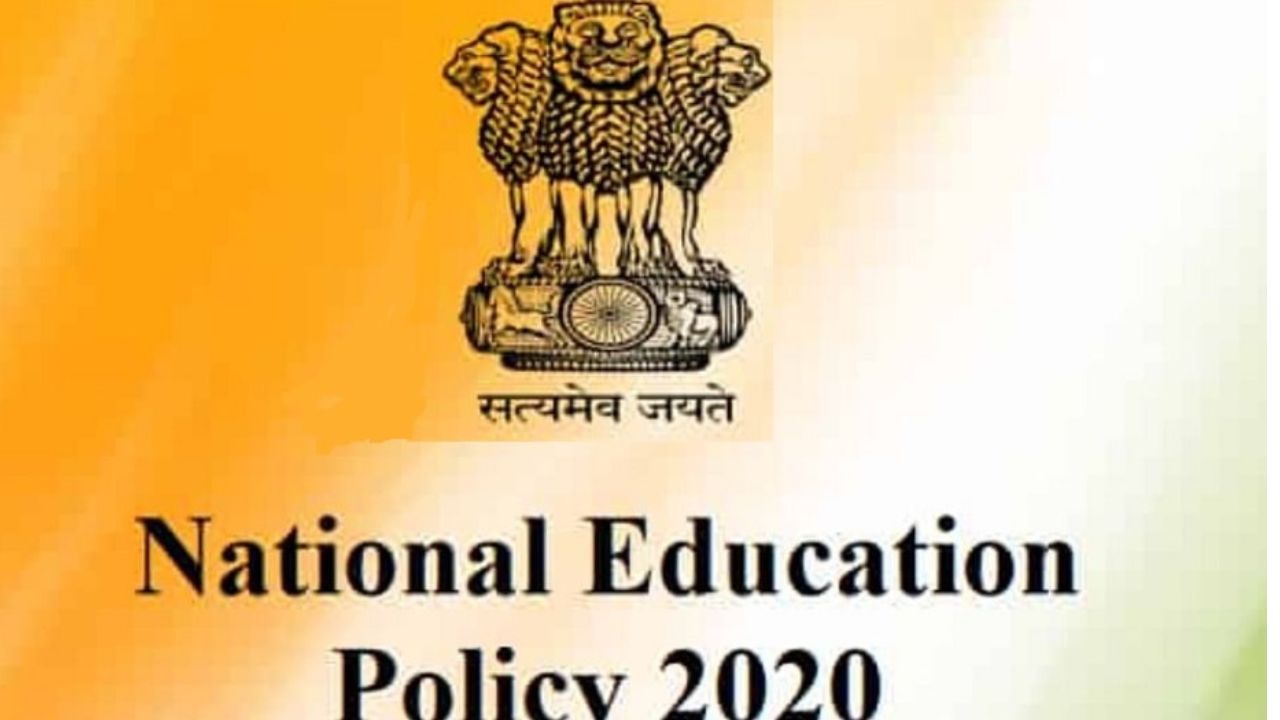Education is the bedrock of a nation’s progress. For over three decades, India’s education system was guided by a policy created back in 1986. While it served its purpose, the world has changed dramatically since then. To prepare our youth for the challenges and opportunities of the 21st century, a complete overhaul was needed.
That overhaul came in the form of the National Education Policy (NEP) 2020. This isn’t just a minor update; it’s a revolutionary and ambitious roadmap designed to completely reboot Indian education, from preschool all the way to university. It’s about shifting the focus from rote learning and stressful exams to critical thinking, creativity, and holistic development. 🚀
What is NEP 2020? The Core Vision
- Approved: July 29, 2020
- Replaces: The National Policy on Education of 1986.
- The Vision: To build an education system that is holistic, flexible, and multidisciplinary. The goal is to nurture the unique creative potential of each student, preparing them not just for jobs, but for life itself.
Big Changes in School Education
The most visible change is the restructuring of the school system. The old 10+2 system is gone, replaced by a new 5+3+3+4 structure.
- Foundational Stage (Ages 3-8): This covers 5 years of flexible, play-based, and activity-based learning. It includes 3 years of preschool or Anganwadi, followed by Classes 1 and 2. The focus here is on developing curiosity and basic literacy and numeracy.
- Preparatory Stage (Ages 8-11): This covers 3 years (Classes 3 to 5). Learning will become more structured but still interactive, with an introduction to subjects like science, math, and arts.
- Middle Stage (Ages 11-14): This covers 3 years (Classes 6 to 8). Students will be introduced to subject-specific teachers for abstract concepts in different fields. This is also where vocational education and coding will be introduced.
- Secondary Stage (Ages 14-18): This covers 4 years (Classes 9 to 12) and is designed to be multidisciplinary. The rigid separation between Science, Commerce, and Arts streams will be removed. Students will have the freedom to pick and choose subjects they are interested in.
Other key changes include:
- Emphasis on Mother Tongue: Instruction in the mother tongue or local language is recommended as the medium of instruction until at least Grade 5.
- 360-Degree Report Cards: Report cards will be redesigned to be more holistic, assessing not just marks but also skills, critical thinking, and contributions to class, along with self and peer assessments.
Transforming Higher Education
The changes proposed for higher education are equally groundbreaking, with flexibility as the central theme.
- Multiple Entry and Exit Options: This is a game-changer. Under the new system, a student can exit their degree program at different stages and receive a qualification.
- Certificate after completing 1 year.
- Advanced Diploma after completing 2 years.
- Bachelor’s Degree after completing 3 years.
- Bachelor’s with Research after completing a 4-year multidisciplinary program.
- Academic Bank of Credit (ABC): An ABC will be established to digitally store the academic credits earned from various institutions. This will allow students to transfer credits between colleges and universities, making it easier to customize their education. It’s like a digital locker for your learning achievements!
- A Single Regulator: The policy proposes to set up a single, overarching regulatory body for all higher education (excluding medical and legal studies), called the Higher Education Commission of India (HECI).
The Human Touch: A Student’s New Journey
Imagine Anika, a Class 11 student in the NEP era. She is fascinated by Physics but is also a talented painter and loves history. In the old system, she would have been forced to choose the “Science stream,” sacrificing her other passions.
Under NEP, her educational journey is completely different. She can now choose Physics and Mathematics as her major subjects while also taking painting as a minor subject and an elective course in ancient Indian history. During her holidays, she opts for a 10-day internship with a local app developer to learn the basics of coding. Her education is no longer confined to a rigid box. It’s a vibrant, personalized experience that allows her to explore all her interests, nurturing a well-rounded personality.
Challenges in Implementation
A vision as grand as NEP 2020 naturally comes with huge challenges.
- Funding: The policy aims to increase public spending on education to 6% of the GDP. Mobilizing these financial resources is a massive undertaking.
- Teacher Training: The success of NEP hinges on our teachers. Retraining millions of teachers to adapt to the new inquiry-based and play-based teaching methods is a monumental task.
- Infrastructure: Creating a nationwide network of high-quality preschools (Anganwadis) and equipping schools with the necessary resources for vocational education requires significant investment.
- Coordination: Education is a subject where both the Centre and the States have a role. Ensuring smooth and uniform implementation across all states will require seamless coordination.
Conclusion
The National Education Policy 2020 is a bold and visionary document that seeks to fundamentally transform the Indian education landscape. It is a decisive shift away from a content-heavy, exam-focused system to one that is learner-centric, flexible, and geared towards developing the creative and critical thinking skills needed for the future. While the implementation will be a long and complex journey, NEP 2020 has laid down a clear and inspiring roadmap to unlock the immense potential of India’s youth and establish the nation as a global knowledge superpower.
